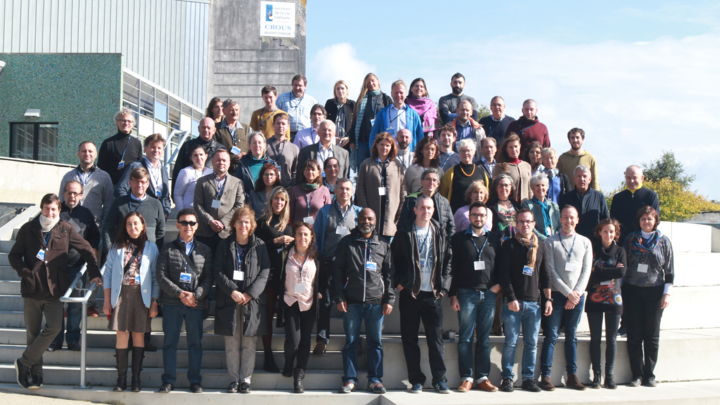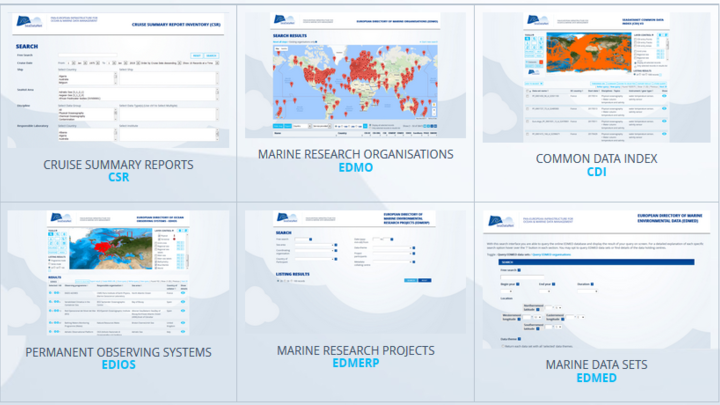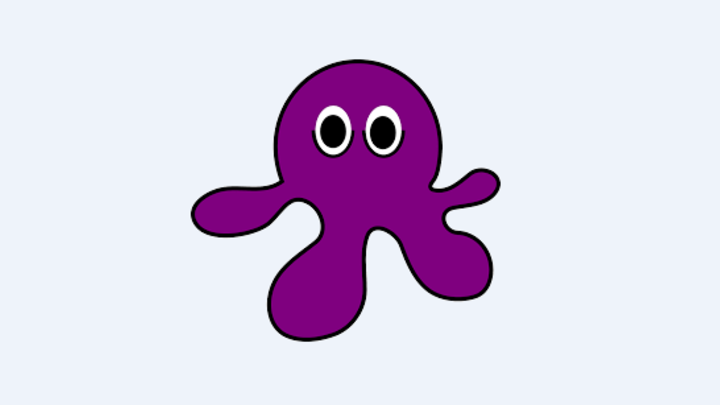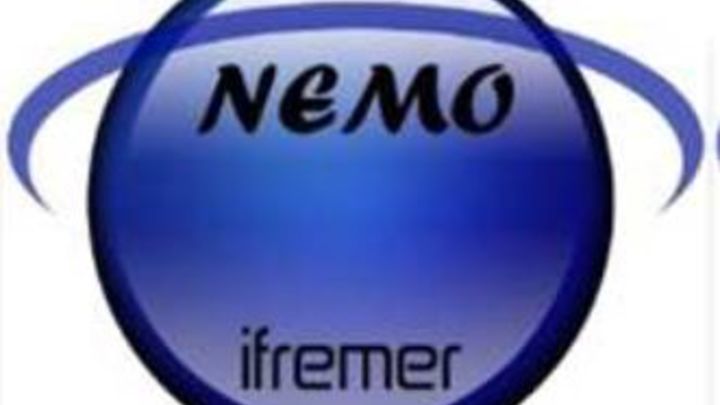Common Vocabularies
Use of common vocabularies in all metadatabases and data formats is an important prerequisite towards consistency and interoperability. Common vocabularies consist of lists of standardised terms that cover a broad spectrum of disciplines of relevance to the oceanographic and wider community. Using standardised sets of terms solves the problem of ambiguities associated with data markup and also enables records to be interpreted by computers. This opens up data sets to a whole world of possibilities for computer aided manipulation, distribution and long term reuse.
Therefore common vocabularies were set-up and populated by SeaDataNet. The vocabulary services are technically managed and hosted by the British Oceanographic Data Centre (BODC) by means of the NERC Vocabulary Server (NVS2.0). The vocabularies are made available as web services for machines and by means of client interfaces for end-users. The client interfaces provide end-users options for searching, browsing and CSV-format export of selected entries. The machine interfaces are provided via a SOAP Application Programming Interface (API) for exchanging structured information across computer networks as the result of calls. It relies upon XML (eXstensible Markup Language) documents for passing messages. Moreover there is an operational SPARQL endpoint for machine interaction.
Content governance
Content governance of the vocabularies is very important and is done by a combined SeaDataNet and MarineXML Vocabulary Content Governance Group (SeaVoX), moderated by BODC , and including experts from SeaDataNet, MMI, MOTIIVE, JCOMMOPS and more international groups. SeaVox discussions are based on an e-mail list server.
NVS2.0
The NERC Vocabulary Server (NVS) was originally developed in 2006. In order to support the requirements of the user community, several enhancements were required to the existing NVS, and therefore a version 2.0 (NVS2.0) was developed.
The major upgrades of NVS2.0 consist of:
- a move to the latest version of the World Wide Web Consortium’s (W3C) Simple Knowledge Organization System (SKOS) specification for encoding the data dictionaries and taxonomies served through the NVS
- the ability to serve multilingual titles and definitions for resources
- the provision for mappings to external resources enabling the results of ontology extension to be delivered.
In order for the SeaDataNet infrastructure to make the transition to NVS2.0 a mapping of both Uniform Resource Names and Uniform Resource Locators has been made. The content of relevant NVS2.0 vocabularies has also been rendered in an ISO XML Codelist, to assist in the interoperability of the common vocabularies with the Common Data Index (CDI) and Cruise Summary Report (CSR) representation in ISO19139 XML.
In general, an NVS URL looks like:
- Controlled Vocabulary: http://vocab.ndg.nerc.ac.uk/list/{listid}/{version}
- Concept: http://vocab.ndg.nerc.ac.uk/term/{listid}/{version}/{termid}
While an NVS2.0 URL follows the following structure:
- Controlled Vocabulary: http://vocab. nerc.ac.uk/collection/{listid}/{version}/
- Concept: http://vocab. nerc.ac.uk/collection/{listid}/{version}/{termid}/
Similarly, the NVS URNs are of the pattern:
- SDN:{listid}:{version}:{termid}
While in NVS2.0 they follow this pattern:
- SDN:{listid}::{termid}
NVS {listid}s are of four characters, the final of which loosely indicates the status of the concepts, this fourth character is dropped in {listid}s in NVS2.0. In all versions of NVS, the {version} may be set to “current” in order to access the latest version of the controlled vocabulary or concept.






